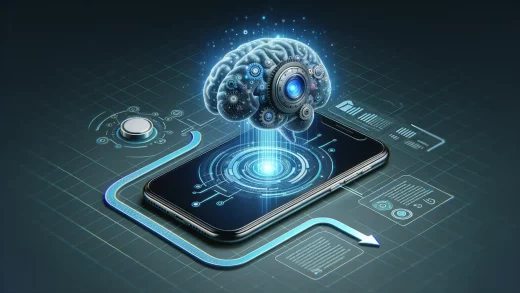Understanding Predictive Analytics and Its Importance in App Development
The Magic Behind Predictive Analytics in App Development
Imagine having an app that seems to know what you need before you even ask. That’s the magic of predictive analytics. It’s like giving your app a crystal ball—except it’s powered by data, not wizardry. At its core, predictive analytics analyzes historical data, spots patterns, and uses those insights to forecast future behaviors. And, trust me, in app development, this is like striking gold.
Why? Because it helps developers make smarter decisions, craft personalized experiences, and ultimately keep users hooked. Picture your favorite music app suggesting songs you’ll love or a fitness app nudging you when it “knows” you’re about to skip a workout. These genius moves aren’t random; they’re carefully crafted predictions.
Let’s break down why it matters:
- User retention skyrockets: When apps anticipate needs, users stick around longer.
- Optimization fuels success: Developers can iron out inefficiencies and refine features based on predicted trends.
- Monetization made smarter: Accurately predicting user purchasing behavior leads to higher revenue.
In short, predictive analytics transforms guesswork into strategy, making apps less about luck and more about precision.
How Artificial Intelligence Enhances Predictive Analytics
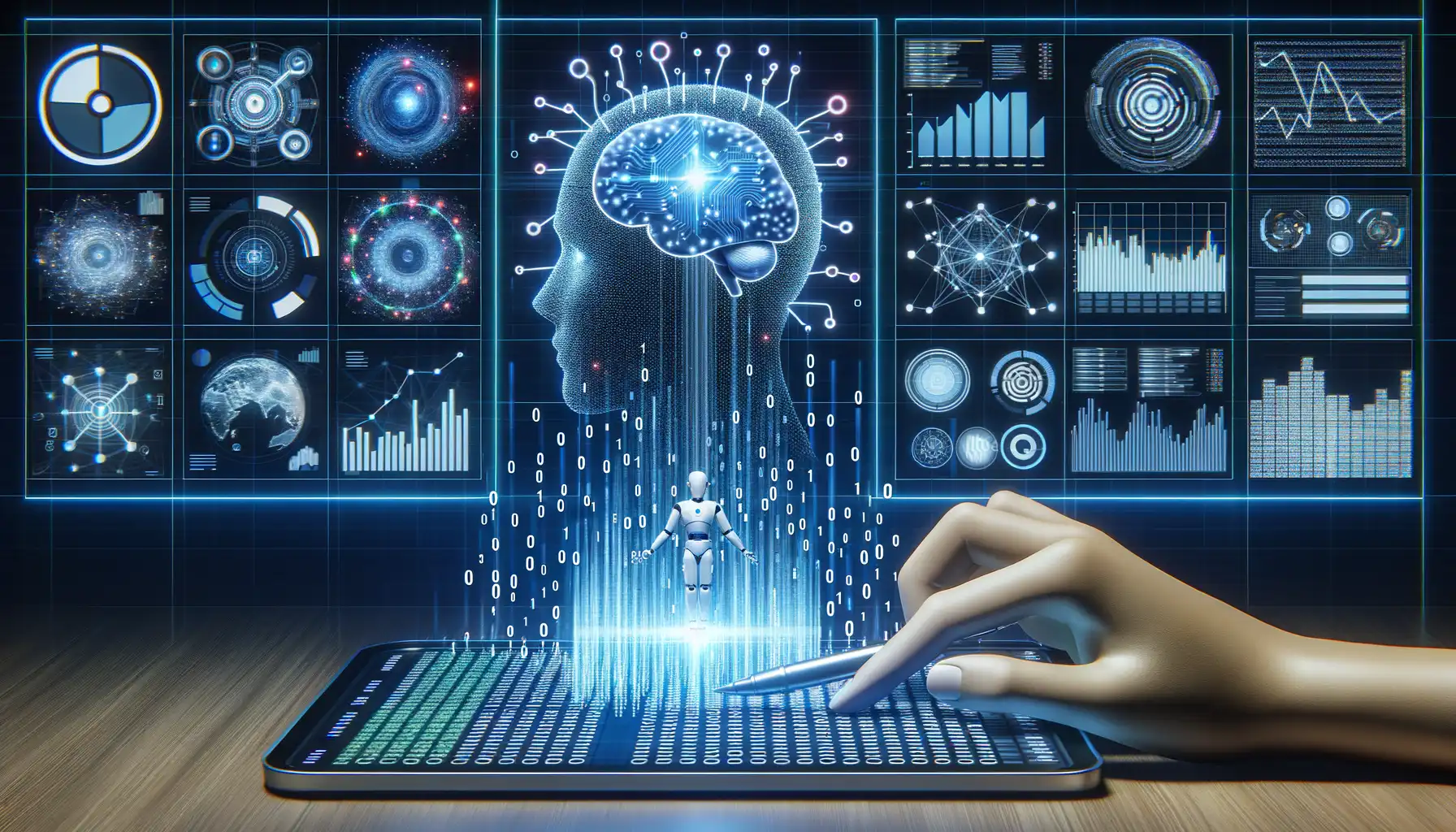
AI: The Secret Sauce Behind Smarter Predictions
Imagine this: you’re cooking up a storm with predictive analytics to uncover what your app users want before they even know it themselves. But here’s the twist—without Artificial Intelligence (AI), it’s like trying to guess the recipe with half the ingredients missing. AI is the game-changer that makes predictive analytics not just functional but breathtakingly precise.
AI doesn’t just analyze—it learns and adapts. Traditional methods might skim the surface, but AI dives deep, spotting patterns in massive datasets that a human analyst (or even an advanced algorithm) could never dream of catching. Let’s say your app sends daily fitness suggestions. With AI in the picture, predictive analytics can tailor these recommendations based on subtle signals like sleep cycles, exercise history, or even weather changes. Look at that—the wow factor is baked right in!
- Natural language processing allows AI to decode user feedback and reviews, turning raw text into actionable insights.
- With machine learning, predictions refine themselves over time—think of it as a crystal ball that gets sharper with every gaze.
- Real-time data analysis means faster, smarter decisions, whether it’s suggesting the next playlist or predicting demand for a ride-share app.
Making Uncertainty Work for You
Here’s the kicker: real-world data is messy. People cancel subscriptions, change preferences, or suddenly binge-buy socks at 3 a.m. AI thrives in this chaos. By embracing uncertainty, it calculates probabilities instead of rigid outputs. For instance, an eCommerce app can use AI-driven predictive analytics to foresee which products might trend during a holiday season—even factoring in anomalies like sudden viral TikTok trends.
The result? Foresight that feels almost magical, but is really the meticulous craft of machines working hand in hand with human intuition. With AI guiding predictive analytics, your app becomes less a tool for users, and more their trusted companion.
Key Applications of AI-Powered Predictive Analytics in Mobile Apps
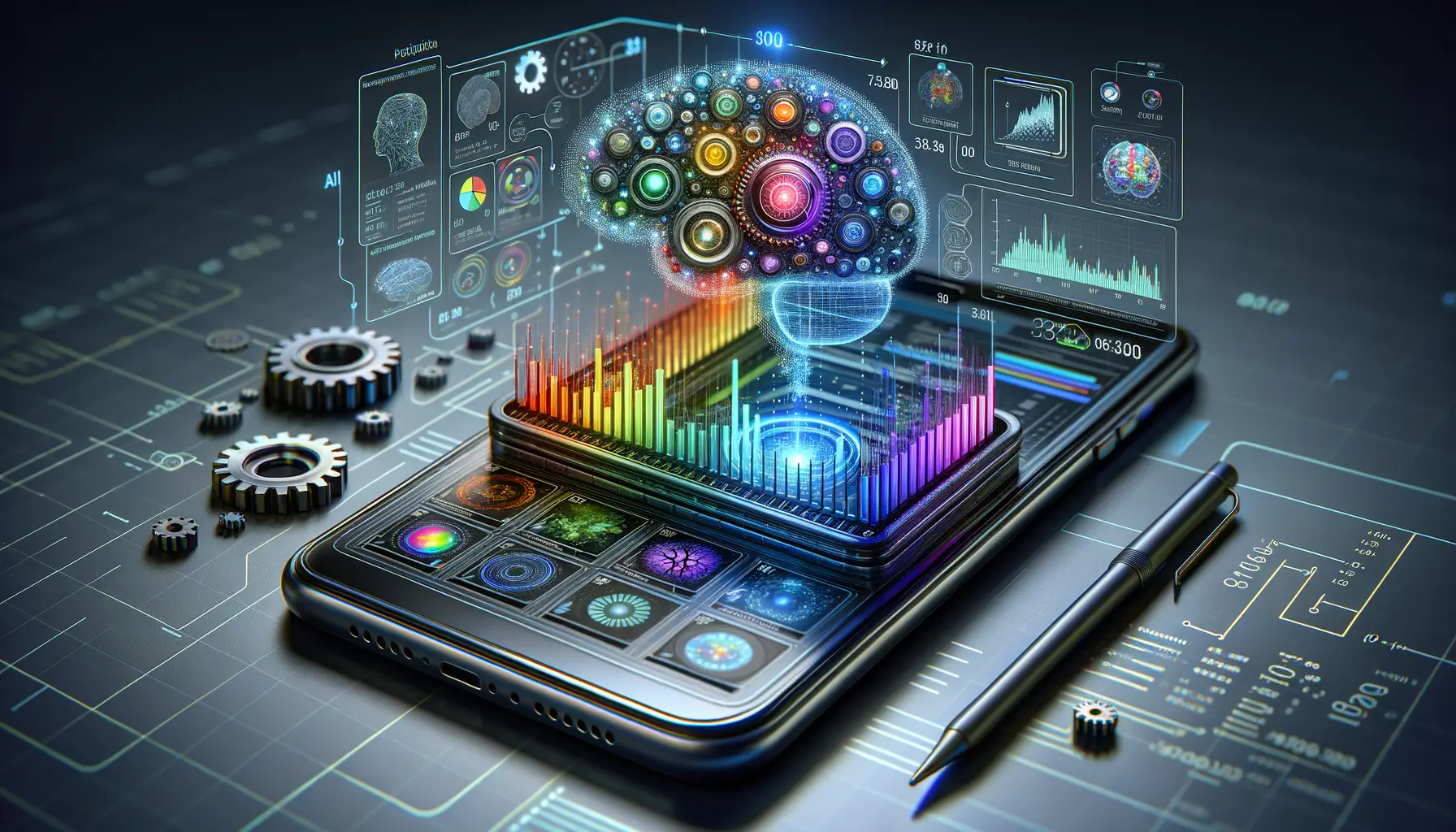
Transforming User Experience with AI Predictions
Predictive analytics powered by AI is like having a crystal ball tailored for your mobile app, but instead of vague predictions, it delivers data-backed insights that elevate user experience. Imagine this: You’re running a fitness app, and based on a person’s activity patterns and preferences, the app suggests the ideal workout for their energy levels that day. That’s not just convenience, it’s personalization at its peak!
Take e-commerce apps, for example. By analyzing browsing behaviors, transaction history, and even seasonal trends, AI can predict what a user might want to buy next. Suddenly, your app feels less like an algorithm and more like a personal shopper who knows you better than your best friend.
- Push notifications: Timed perfectly to nudge users when they’re likely to engage.
- Churn prediction: Spotting early signs of disengagement to win back users before it’s too late.
- Dynamic pricing: Offering the right deal at the right time for maximum sales impact.
Streamlining Operations Behind the Scenes
While users enjoy the magic, developers and businesses feel the ripple effect of efficiency. Take ride-hailing apps—AI-powered predictive analytics can forecast peak demand hours or locations, enabling dynamic driver allocation. It’s like organizing a chaotic puzzle before the pieces even fall into place.
Even customer support gets a tech-enhanced upgrade. By predicting recurring issues, apps can proactively guide users or escalate critical cases quicker. Every decision becomes smarter, faster, and without the guesswork. What’s not to love?
Challenges and Limitations of Using AI in Predictive Analytics
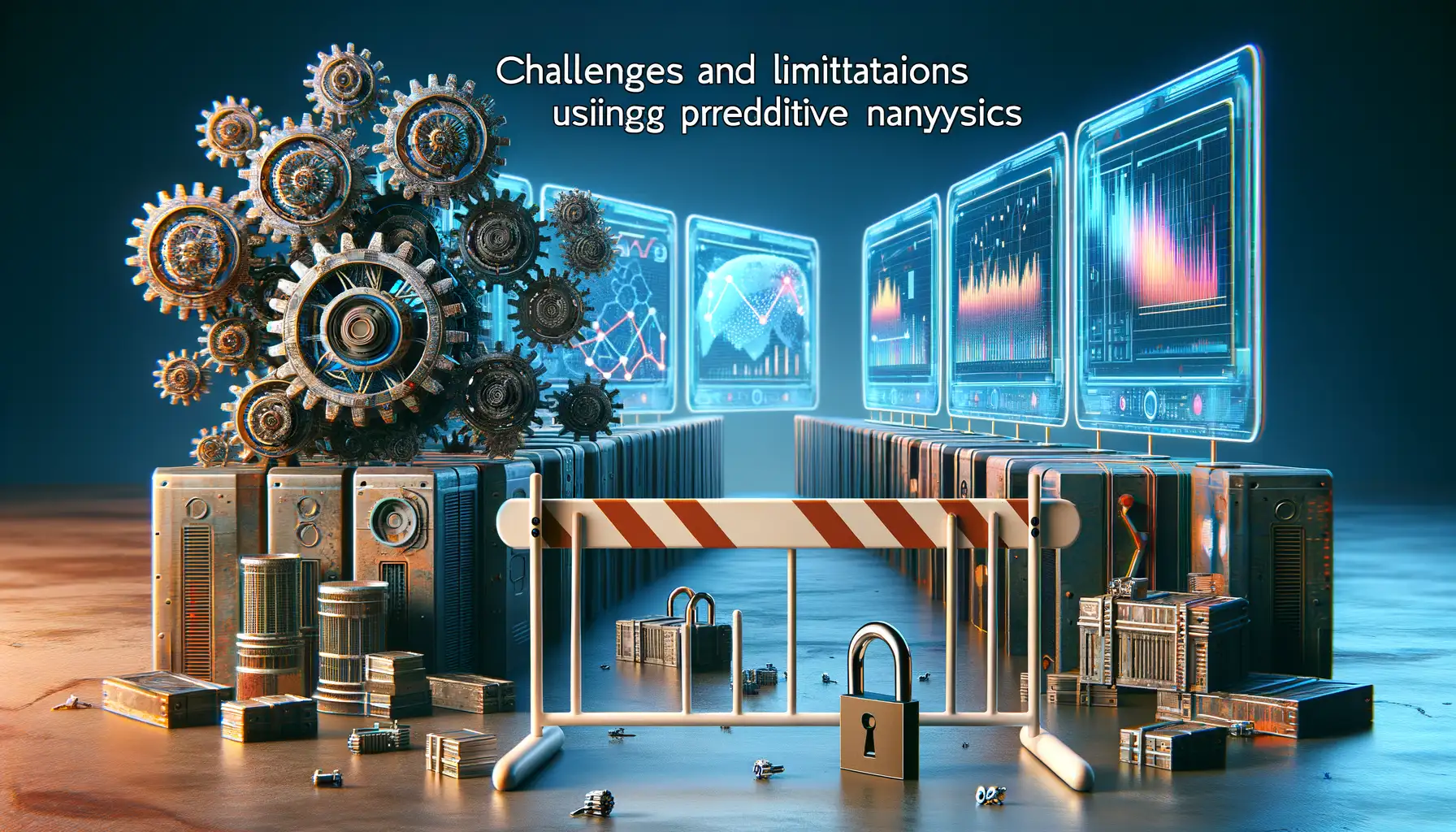
When AI Isn’t the Silver Bullet
Let’s not sugarcoat it—using AI in predictive analytics, while magical, isn’t without its cracks. For one, AI thrives on data, and not just any data—clean, rich, and plentiful. Imagine trying to teach a dog new tricks using an incomplete instruction manual written in three languages! When training datasets are biased, inconsistent, or just plain wrong, the predictions can become as reliable as a weather forecast for another planet.
And let’s discuss the elephant in the room: interpretability. AI models, especially deep neural networks, often operate like black boxes. Sure, they may tell you that user engagement will drop by 20% next week, but good luck figuring out *why*. Developers often find themselves wanting answers, not riddles cloaked in mystery.
- Scalability challenges: Think high server costs as AI models grow more complex.
- Ethical dilemmas: How do you ensure predictions don’t accidentally discriminate?
- Dependency issues: Over-reliance on AI may lead teams to overlook simpler, human-led approaches.
Navigating these challenges requires an intricate dance between innovation and caution. Trust me, it’s a balancing act every app developer must master.
Future Trends in AI and Predictive Analytics for Apps
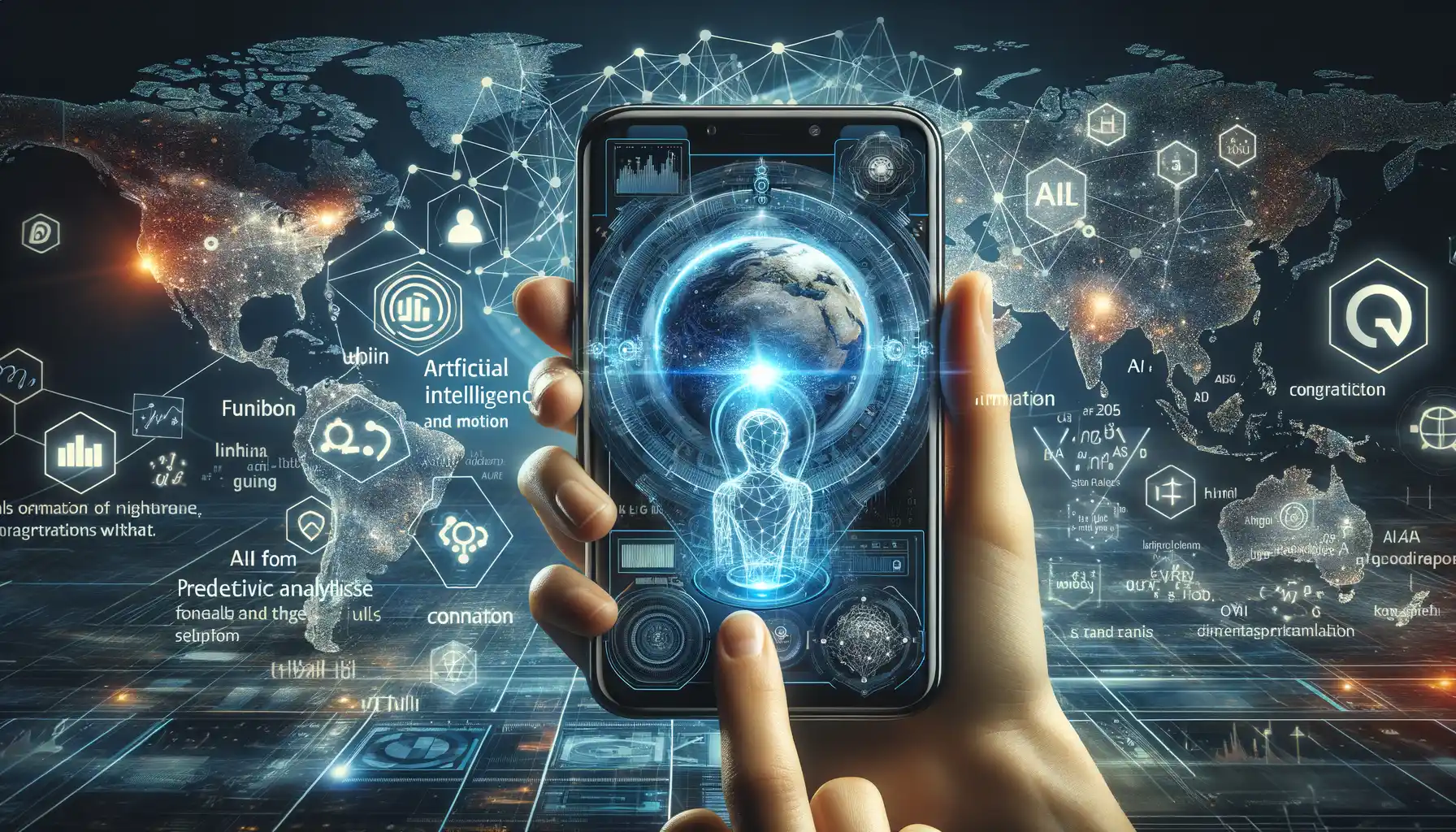
Revolutionizing Predictions with AI: What’s Next?
The world of AI and predictive analytics is evolving at lightning speed, and apps are on the verge of becoming smarter than we ever imagined. What if your fitness app could not only track your steps but predict your energy dips based on your sleep patterns? Or imagine an e-commerce app knowing what you’re craving for lunch…before you do.
So, where are things headed? Here’s a preview of fascinating trends shaping the future:
- Hyper-personalization: Forget broad recommendations—apps will deliver insights fine-tuned to YOU. Think hyper-specific movie picks or travel apps predicting destinations that fit your mood and budget.
- Real-time predictions: As AI grows faster, apps will be able to make decisions in real time, like weather apps alerting you before that pop-up storm ruins your run.
The Rise of AI Ethics and Transparent Predictions
While technology dazzles, users now demand transparency. Future apps will need to say more than “just trust us.” They’ll show *how* they made a prediction. Picture an investment app explaining, step by step, why it suggests buying that specific stock.
And as AI gets smarter, ethics take the spotlight. Developers are charting uncharted waters, ensuring these digital crystal balls respect privacy and don’t push harmful biases into our lives. The magic of AI is incredible, but let’s not forget—it’s a tool meant to empower, not dictate.


